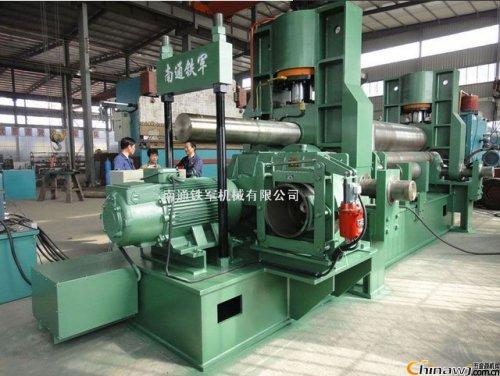**The Anti-Corrosion Factors of Cable Trays**
Cable trays are essential components used to support and organize electrical wires and cables. Ensuring proper anti-corrosion treatment is crucial for the longevity and safety of the system. The main aspects of cable tray anti-corrosion include:
1. **Coating Structure**: A two-layer chlorosulfonated primer followed by two layers of topcoat is typically recommended for effective corrosion protection. This multi-layered approach ensures that the coating adheres well and provides long-term durability.
2. **Surface Preparation**: Rust removal is a critical step in the anti-corrosion process. The quality of rust removal directly impacts the performance of the protective coating. On-site rust removal can be done using a grinding machine or manually. The surface should reach at least ST3 grade, which means it must be free from visible oil, grease, and loose scale. After rust removal, the primer should be applied within 4 hours. If new rust appears, the area must be re-treated.
3. **Coating Application**: The application of the coating should be done using brushing or rolling methods. The layers should be applied in a crisscross pattern to ensure even coverage and avoid missed spots. Each layer must be fully applied without any gaps or unevenness.
When thinners are used, their type and quantity should strictly follow the manufacturer's specifications. Before use, the paint should be stirred thoroughly. If necessary, it can be filtered through a 200-mesh copper sieve to remove impurities. Any leftover paint after opening the container should be sealed properly for future use.
4. **Environmental Conditions**: The construction site must meet specific environmental requirements. The ambient temperature should be between 13°C and 30°C, but not lower than 5°C. The relative humidity should not exceed 80%. Outdoor work should be avoided during rain, fog, or strong winds, and direct sunlight should also be avoided as it can affect the drying process.
5. **Quality Control**: Quality checks should be performed at each stage of the anti-corrosion process, including rust removal, primer application, and topcoat application. Only after passing the inspection of the previous step can the next process begin.
After the final coat is applied, a thorough inspection of the entire surface is required. Any defects such as pinholes, bubbles, peeling, cracking, or chalkiness should be repaired. The total thickness and number of coating layers must meet the design specifications. The surface should be smooth, uniform in color, and free from imperfections.
Once the anti-corrosion work is complete, the dry film thickness of the coating should be measured to ensure it meets the design requirements.
For more information or assistance, you can contact:
**Shenyang Deli Hengqiao Electric Appliance Manufacturing Co., Ltd.**
Contact: Mr. Hang
Tel: [email protected]
Website: http://news.chinawj.com.cn
Editor: Hardware Business Network Information Center
http://news.chinawj.com.cn


Pneumatic Fluorine Lined Control Valve
Pneumatic fluorine lined control valve,fluorine lined control valve Pneumatic,Pneumatic Valve series
Jiangsu Tanggong Automatic Control Equipment Co., Ltd. , https://www.tgcontrolequipment.com